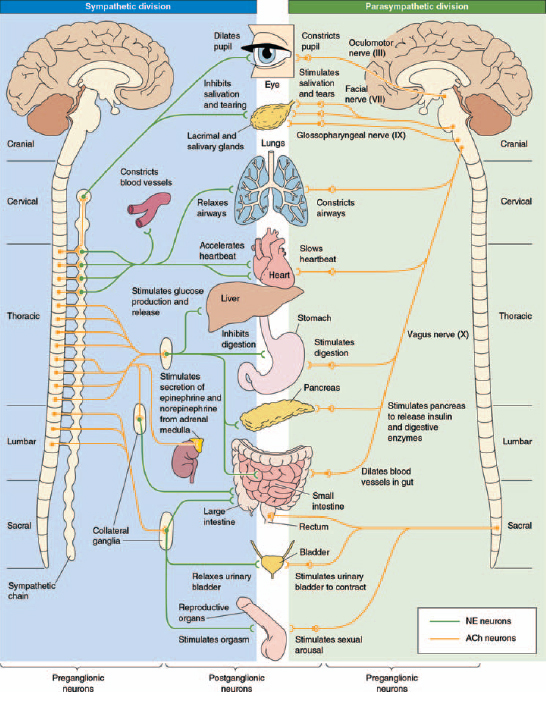Amyotrophic lateral sclerosis (ALS), also called Lou Gehrig’s disease after the New York Yankee baseball player who retired from baseball in 1939 after being diagnosed with ALS, is a fatal neurological disease that attacks the nerve cells (motor neurons) responsible for controlling voluntary muscles. Motor neurons serve as controlling units and vital communication links between the nervous system and the voluntary muscles of the body. Messages from motor neurons in the brain (upper motor neurons) are transmitted to motor neurons in the spinal cord (lower motor neurons) and from them to particular muscles. In individuals with ALS both the upper and lower motor neurons degenerate or die and cease to send messages to muscles. Eventually, all muscles under voluntary control are affected and patients lose the strength and ability to move their arms, legs, and other body functions. In the end, even the ability to breathe is affected. The disease does not impair a person’s mind, personality, intelligence, or memory.

The sympathetic and parasympathetic autonomic nervous systems. (Bear, Mark F., Connors, Barry W., and Paradiso, Michael A. Neuroscience: Exploring the Brain. 2nd Ed. Philadelphia: Lippincott, Williams & Wilkins, 2001.)

